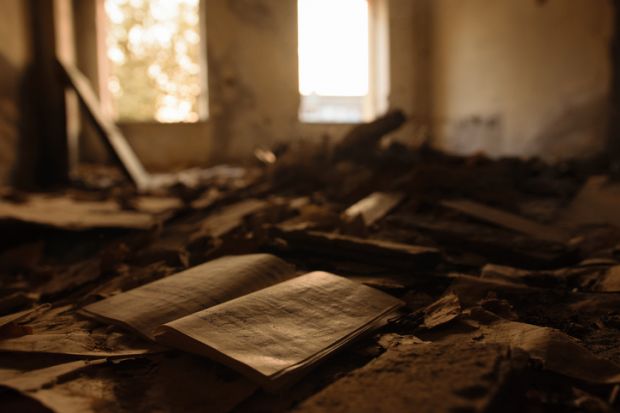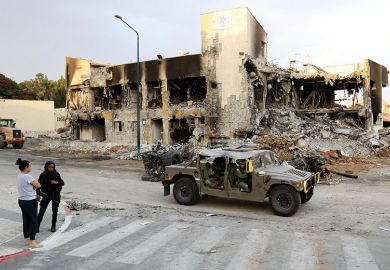Global higher education is more at risk from physical attacks than ever before, it has been warned.
Jerome Marston, acting director of the Global Coalition to Protect Education from Attack (GCPEA), told Times Higher Education that attacks on higher education were increasing, with more than 200 recorded in 2022 and 2023.
Around three-quarters of these were attacks on students and academics – particularly through the repression of protests within higher education.
Mr Marston said there was an increasing trend for attacks on female students protesting for their rights to education, or on professors advocating on their behalf – particularly in Afghanistan.
Physical attacks on universities also seemed to affect women more in the long term, he added.
“Even at the higher education level parents might be more reluctant to let their children, especially women who are aged between 18 and 20 and living at home, return to school – and that really disproportionately affects women over men.”
GCPEA is an inter-agency coalition formed in 2010 to address the problem of targeted attacks on education during armed conflict.
A small percentage of attacks in 2022 and 2023 were on students for their research, while around a quarter were attacks on educational infrastructure, including bombings of universities through air strikes, shelling or improvised explosive devices (IED).
Ukraine, Palestine, Yemen and Myanmar were the hotspots for attacks on higher education facilities, while attacks on students and academics were most common in Afghanistan, India and Iraq.
Though the organisation does not have full data for the 2023 year yet, Mr Marston said: “It seems like we are in as precarious a position as we have been in many years, perhaps even more.”
The GCPEA data focuses on armed conflict, threatened or actual physical violence, but does not include cyberattacks unless it contains a physical threat.
Mr Marston said physical attacks on universities had lasting consequences because universities were often hubs for wider communities.
“Not only are students or academics killed – so you have an immediate loss of life or severe injury – but then the university might be closed for anywhere between one day or years,” he said.
“Even once it reopens you have students who have social and psychological trauma and other effects, so they struggle to learn, often have trouble paying attention and learning out of fear.”
And another lasting effect of attacks on universities was how they affected the training of teachers for primary and secondary schools, he said.
“It’s not a bombing of one university…it’s also having these ripple effects for other levels of education, because that means you have teachers who are going a year without training.
“If you’re going to rebuild after wartime, you need an educated populace with all of those skills, so it’s ripple after ripple after ripple.”
Register to continue
Why register?
- Registration is free and only takes a moment
- Once registered, you can read 3 articles a month
- Sign up for our newsletter
Subscribe
Or subscribe for unlimited access to:
- Unlimited access to news, views, insights & reviews
- Digital editions
- Digital access to THE’s university and college rankings analysis
Already registered or a current subscriber? Login








